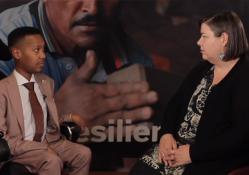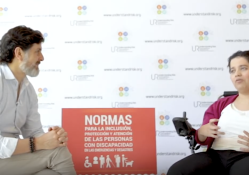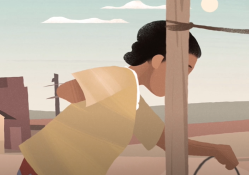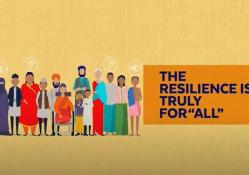One billion people, or 15 percent of the world’s population, experience a form of disability, and of those, 80 percent live in developing countries. Persons with disabilities make up a diverse group with diverse needs and experiences. While there may be people with similar impairments, experiences of certain barriers or types of discrimination can greatly vary. Disasters disproportionately impact persons with disabilities, especially those who are poor, further exacerbating social exclusion. Disability inclusion in disaster risk management (DRM) aims to address the existing and potential barriers to participation and access for persons with disabilities while concurrently supporting their capacity and agency to plan and mobilize around DRM interventions for inclusive development.
The barriers faced by persons with disabilities are often specific to their individual circumstances, the social context, support structures, and to the extent to which disability intersects with other identities and bases of discrimination, such as poverty. Inclusive DRM applies an intersectional lens to ensure that persons with disabilities are included and supported to participate in community discussions and decision-making activities in DRM. This can comprise of trainings and facilitation within communities to combat stigma, conducting inclusive and accessible consultations on DRM projects and raising awareness of the larger benefits to society when inclusion is prioritized.
GFDRR’s Disability-inclusion Action Plan (2018-2023) provides recommendations as principles to address the disparity in DRM activities. The general recommendations include:
- Ensure that persons with disabilities and organizations of persons with disabilities are included as contributing stakeholders to DRM programs
- Identify potential strategic partnerships that can be used to address accessibility standards at the national level
- Collaborate with partners to improve data
A cornerstone of disability inclusion in DRM is to advocate for a community-based approach that strengthens the capacity of communities and persons with disabilities to be active agents of positive change in DRM interventions. By providing trainings, capacity building opportunities for organization and advocacy, disability-inclusive DRM supports and promotes resilient and sustainable disaster preparedness and recovery.
Lack of disability-disaggregated data is a common and widespread challenge in DRM. Although there is an increasing number of countries that recognizes the rights and needs of persons with disabilities in the disaster context, much more needs to be done to remove the wide range of existing barriers to inclusion. GFDRR is committed to building up the evidence base for disability inclusion practices and projects to inform best approaches to inclusive DRM, and to help support the World Bank’s overall mandate for inclusive and sustainable development.
For more information on our work on Inclusive DRM and Gender Equality, please click here.





